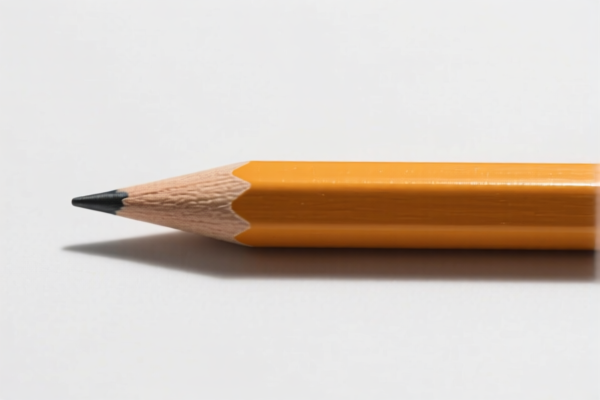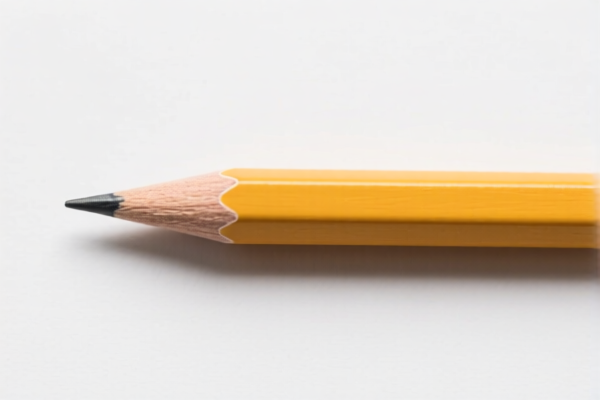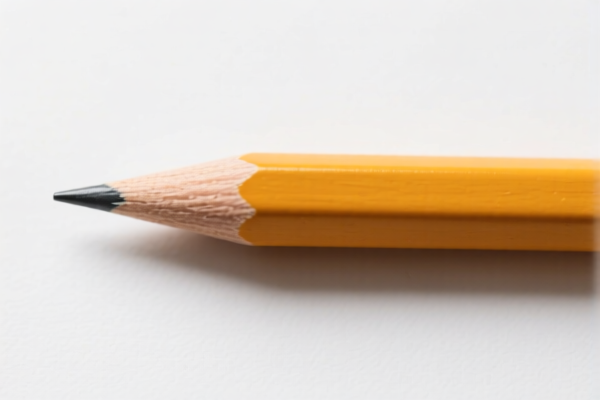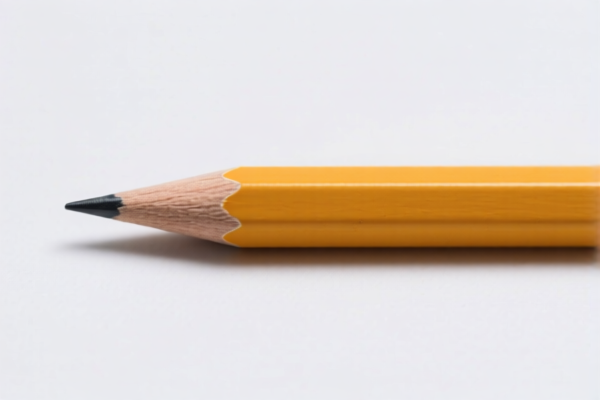| HS Code | Official Doc | Tariff Rate | Origin | Destination | Effective Date |
|---|---|---|---|---|---|
| 4911998000 | Doc | 37.5% | CN | US | 2025-05-12 |
| 4911996000 | Doc | 37.5% | CN | US | 2025-05-12 |
| 4906000000 | Doc | 37.5% | CN | US | 2025-05-12 |
| 9701990000 | Doc | 37.5% | CN | US | 2025-05-12 |
| 9503000090 | Doc | 30.0% | CN | US | 2025-05-12 |
| 9503000071 | Doc | 30.0% | CN | US | 2025-05-12 |
| 4823901000 | Doc | 55.0% | CN | US | 2025-05-12 |
| 4823902000 | Doc | 55.0% | CN | US | 2025-05-12 |
| 9608408000 | Doc | 37.5% | CN | US | 2025-05-12 |




Wooden Pencil
A wooden pencil is a writing and drawing implement composed of a graphite core encased within a wood casing. It is a common tool used in a wide range of applications, from basic note-taking to detailed artistic renderings.
Material
The primary components of a wooden pencil are:
- Graphite: The "lead" of the pencil is not actually lead, but a mixture of graphite and clay. The ratio of graphite to clay determines the hardness and darkness of the mark produced. Higher graphite content results in softer, darker lines, while higher clay content produces harder, lighter lines.
- Wood: Traditionally, pencils are made from cedar wood, specifically incense cedar, due to its soft texture, ease of sharpening, and pleasant aroma. Other woods, such as basswood or pine, are also used, though less frequently.
- Binder: A wax or oil-based binder holds the graphite and clay together.
- Ferrule: A metal band (typically aluminum) that secures the eraser.
- Eraser: Typically made of rubber, used for removing graphite marks.
Purpose
The primary purpose of a wooden pencil is to create marks on surfaces, generally paper, for writing, drawing, sketching, and other artistic or technical applications.
Function
A pencil functions by leaving a trail of graphite on a surface through friction. The graphite particles adhere to the paper fibers. The darkness of the mark is controlled by:
- Grade of graphite core: Harder cores (H grades) produce lighter marks and are more durable, while softer cores (B grades) produce darker marks and are easier to smudge.
- Pressure applied: Greater pressure results in darker, bolder lines.
- Angle of the pencil: A sharper angle creates finer lines, while a broader angle creates wider lines.
Usage Scenarios
Wooden pencils are utilized in diverse settings, including:
- Education: Note-taking, drafting, mathematical calculations, and artistic exercises.
- Art & Design: Sketching, drawing, shading, and detailed illustrations.
- Architecture & Engineering: Technical drawings, blueprints, and drafting.
- Writing: General writing purposes, journaling, and creative writing.
- Everyday Use: Home, office, and various personal applications.
Common Types
Pencils are classified based on the hardness of their graphite core, indicated by a grading system:
- HB: The most common type, offering a balance between hardness and darkness. Suitable for general writing and drawing.
- H (Hard): Produces lighter, finer lines. Used for technical drawings, drafting, and detailed work where precision is required. Numbered from 1-9, with higher numbers indicating greater hardness (e.g., 2H, 4H, 9H).
- B (Black): Produces darker, bolder lines. Used for sketching, shading, and artistic drawings. Numbered from 1-9, with higher numbers indicating greater softness (e.g., 2B, 4B, 9B).
- F (Fine Point): Harder than HB, producing a fine, consistent line.
- Colored Pencils: Contain pigments mixed with a wax or oil binder, allowing for a range of colors.
- Mechanical Pencils: Utilize a replaceable graphite lead core and a mechanical mechanism to advance the lead. While not traditional wooden pencils, they serve a similar function.
Based on the material, use, and application, a wooden pencil falls under the category of propelling or sliding pencils (for example, mechanical pencils) and related components.
Here are the relevant HS codes from the provided reference material:
- 9608408000: Propelling or sliding pencils (for example, mechanical pencils): Other.
- 96: Chapter 96 – Miscellaneous manufactured articles. This chapter covers a wide range of manufactured articles not specifically covered in other chapters.
- 08: Heading 96.08 – Pens, pencils, crayons, pastels, drawing or marking instruments, and artist’s brushes. This heading specifically covers writing and drawing instruments.
- 40: Subheading 9608.40 – Propelling or sliding pencils. This further narrows down the category to pencils that use a mechanism to advance the lead.
- 80: Further specifies "Other" within the propelling or sliding pencils category.
Regarding HS code 9608408000, it is important to note that this code covers pencils that utilize a mechanism to advance the lead. If the wooden pencil is a traditional, non-mechanical pencil requiring sharpening, it may fall under a different, unlisted category within Chapter 96.
Customer Reviews
No reviews yet.